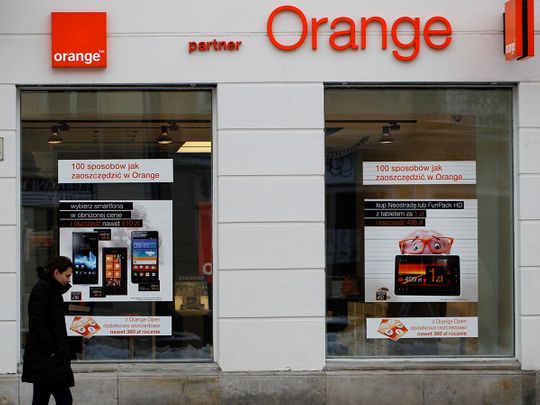
London: The Trump administration may have found the most potent weapon yet in its campaign against Huawei Technologies Co. — the European consumer. The US spent months lobbying allies to block Huawei from 5G phone networks, with limited success.
It’s been less than three weeks since President Donald Trump restricted the Chinese tech giant’s access to Google’s Android operating system and already, Huawei’s smartphone business appears to be losing ground in Europe, a critical growth market.
Consumer fear that Huawei phones will quickly become out of date has meant demand for its devices has “dropped off a cliff,” Ben Stanton, analyst at Canalys. “That is rooted in this fear that the device may lose features, be insecure, lose support or even lose tangible value.”
In France, sales of premium Huawei smartphones fell by about one-fifth in the week after the US blacklisted the company. More British consumers have been trading in Huawei phones, and UK phone carriers starting the next-generation of mobile services have cut Huawei’s Mate 20 X 5G flagship handset out of their launches.
The chill may threaten Huawei’s bid to overtake Samsung Electronics Co. as the largest smartphone maker this year. Europe, where consumers are willing to pay up for the priciest models, has been one of Huawei’s fastest-growing markets, roughly doubling as a proportion of the company’s global smartphone shipments in the last four years to about one-fifth in 2018, according to data and estimates from Canalys.
Consumers can’t be guaranteed that Huawei phones, which run on Android, will have access to key apps and security patches after August 19, when a 90-day grace period under the US export order ends. Huawei has said its Plan B should the US restrictions remain in place is to switch to its own new operating system, which is under development.
Huawei sells about half its smartphones in China, according to Canalys. But it’s looking farther afield to boost its smartphone business — part of the consumer unit that accounts for the largest share of the company’s revenue.










